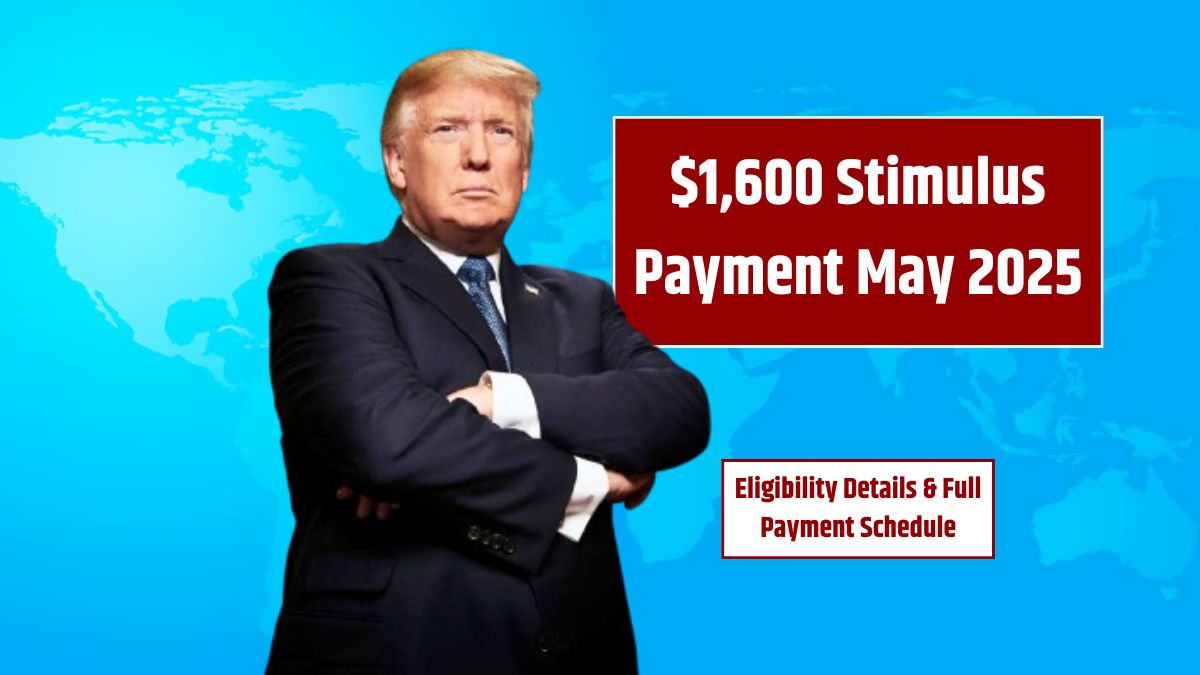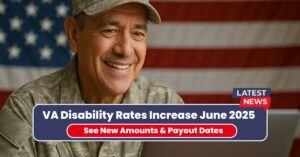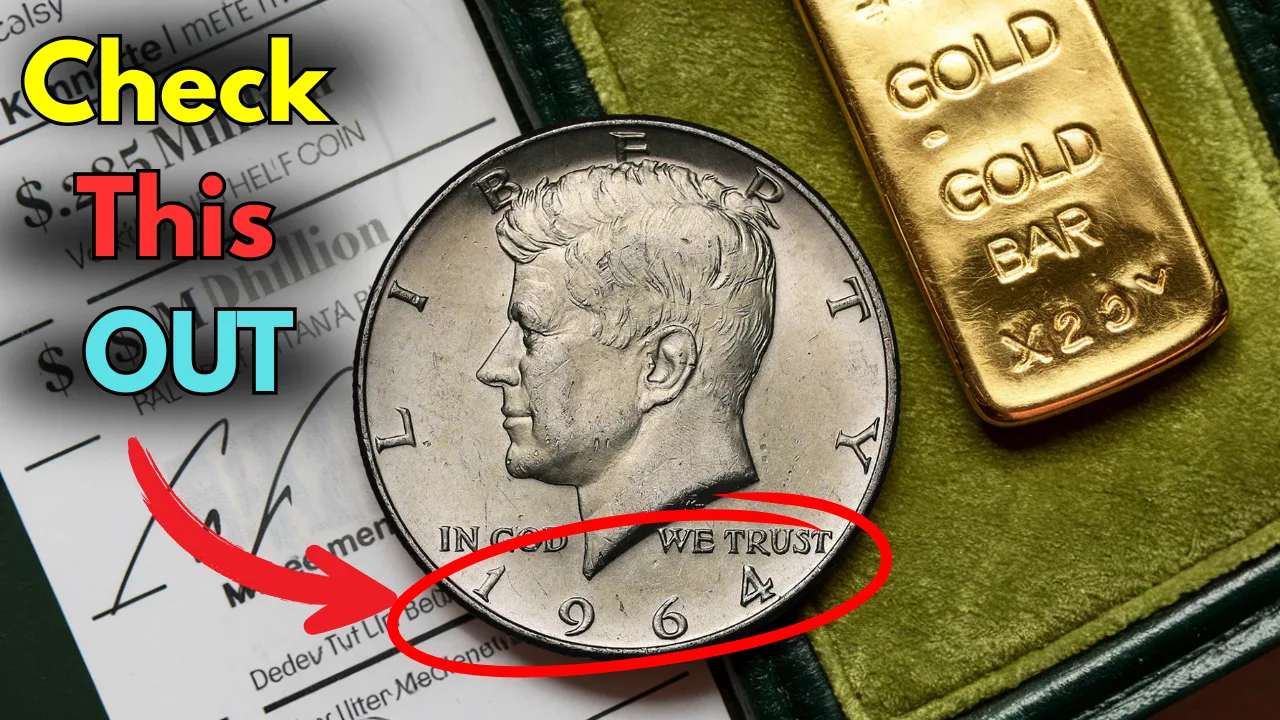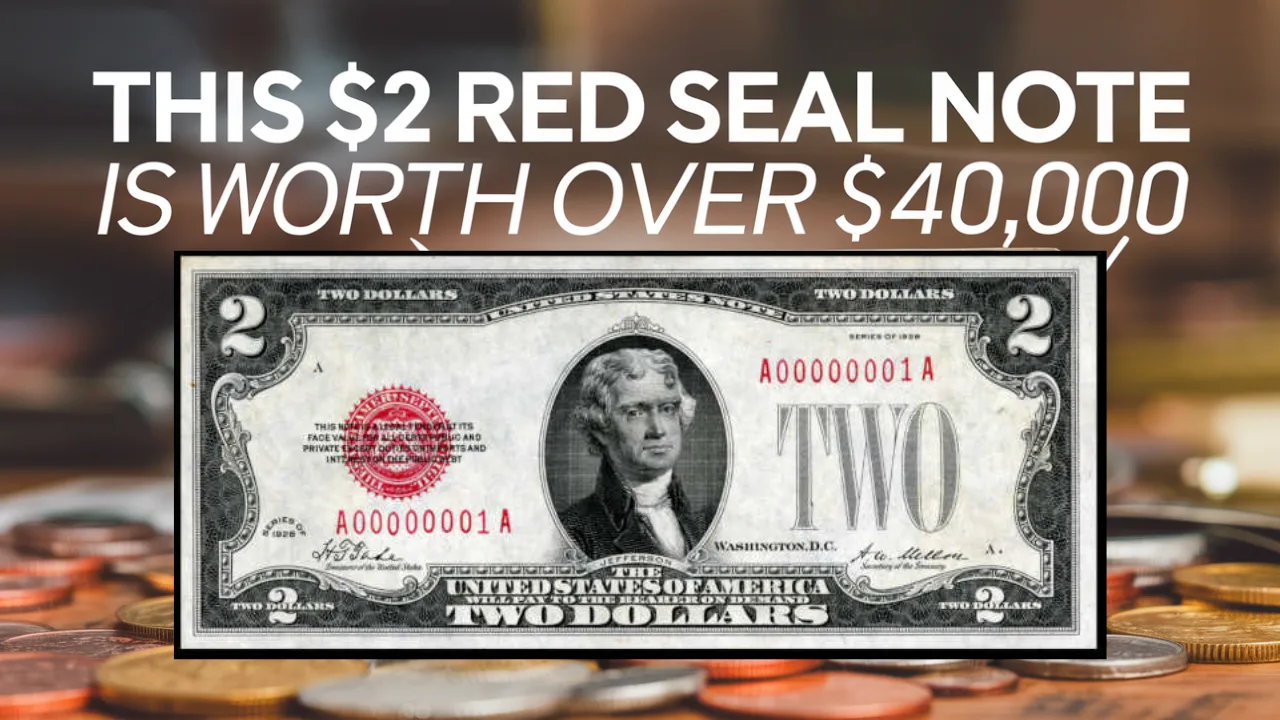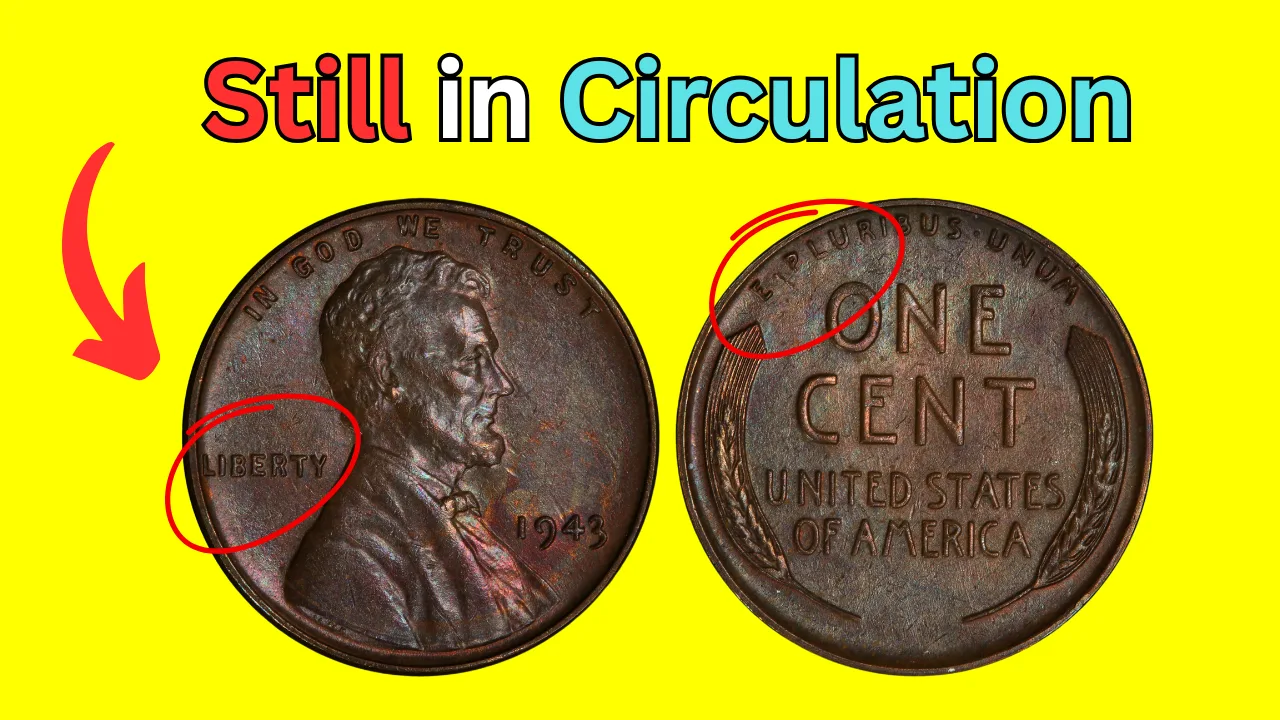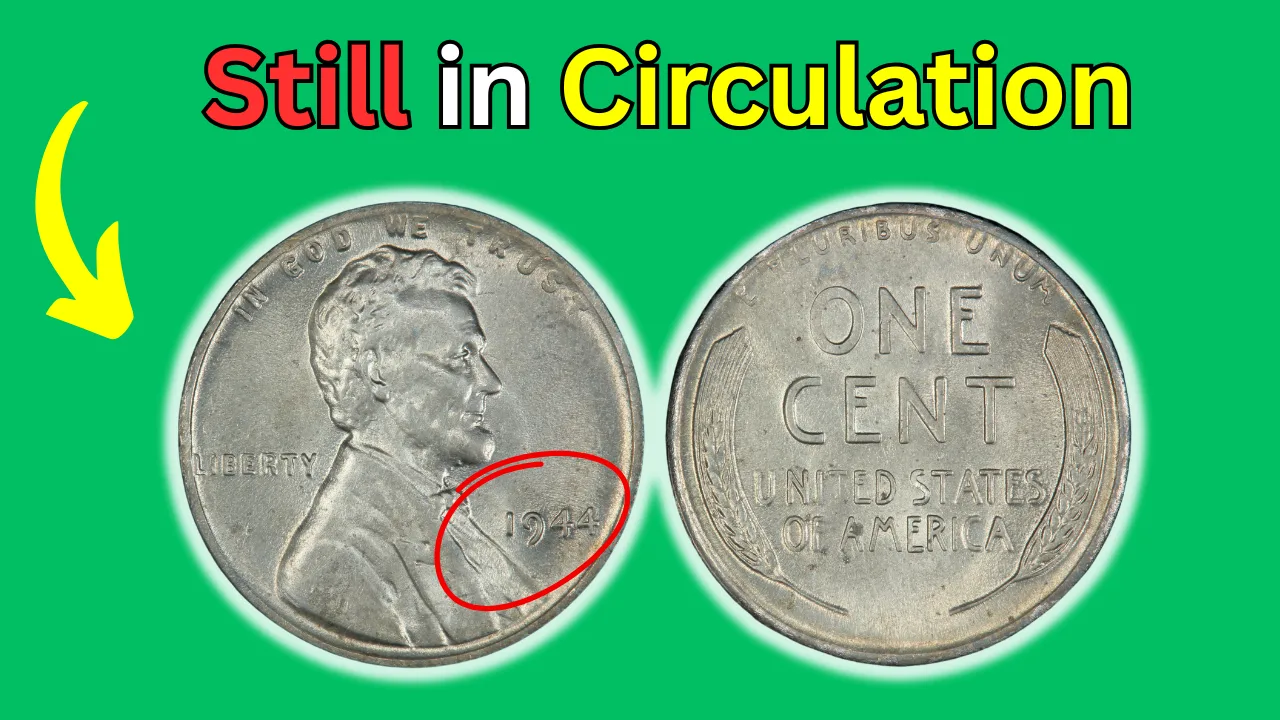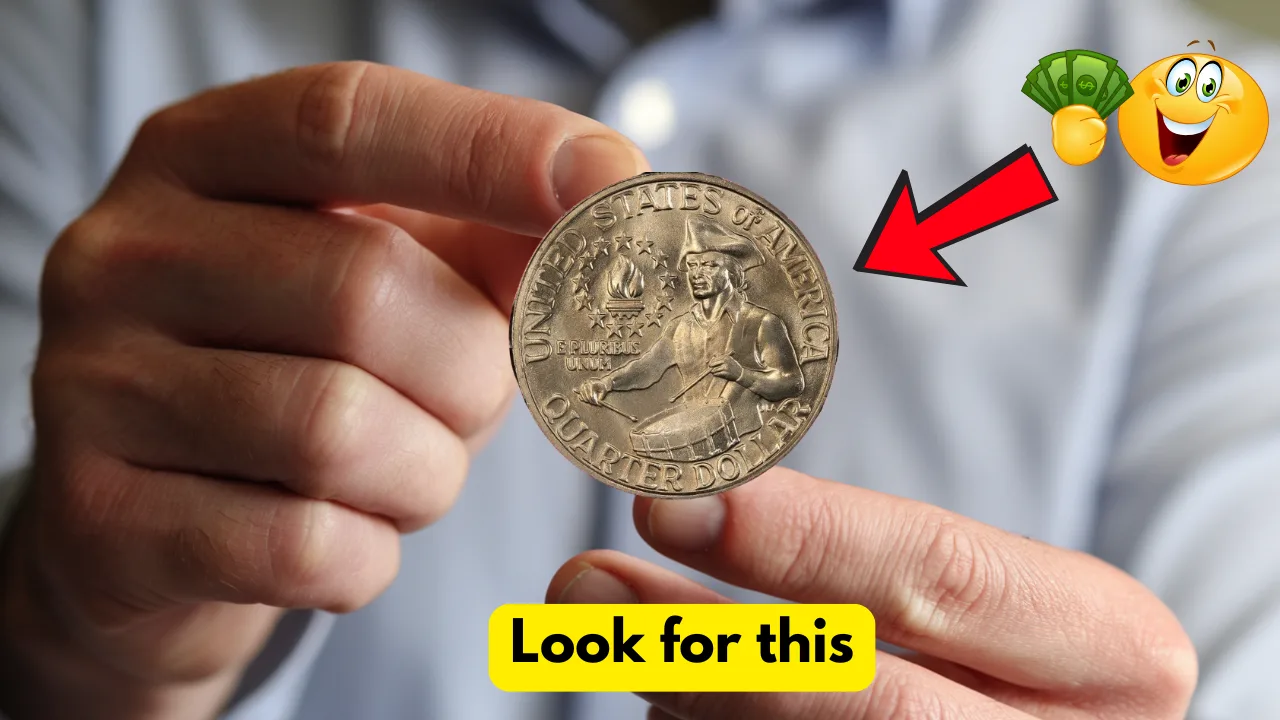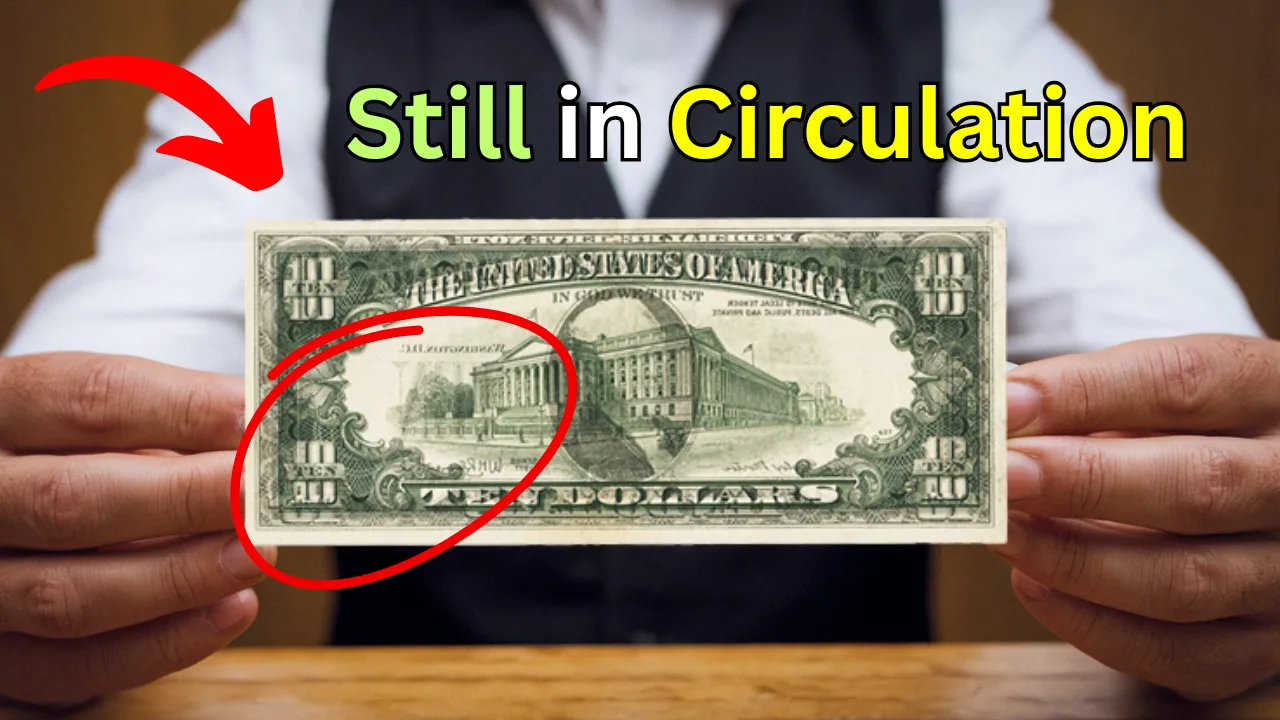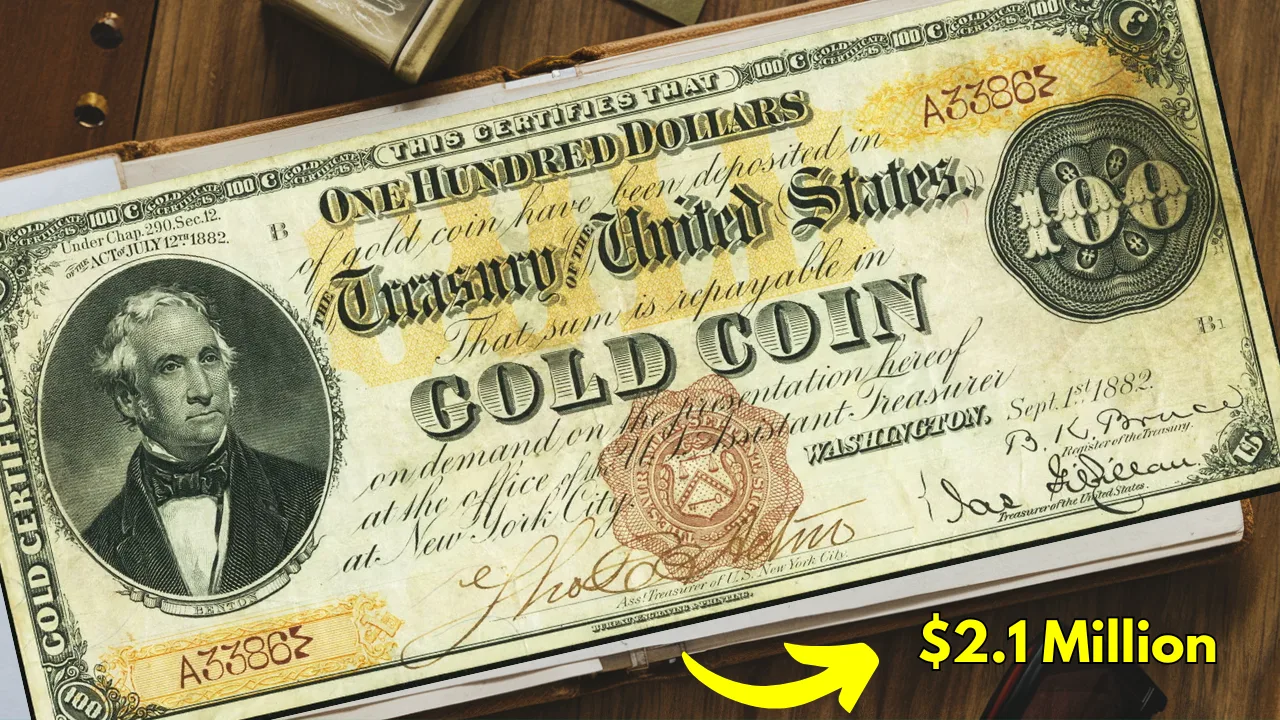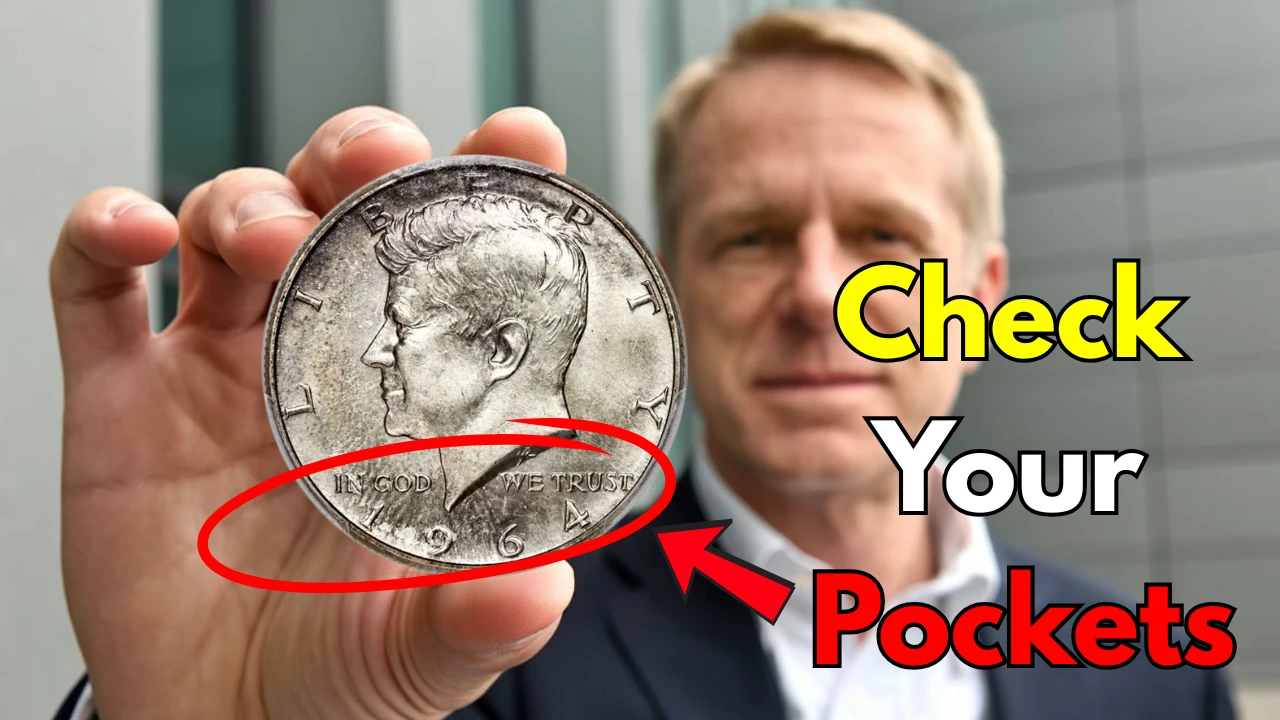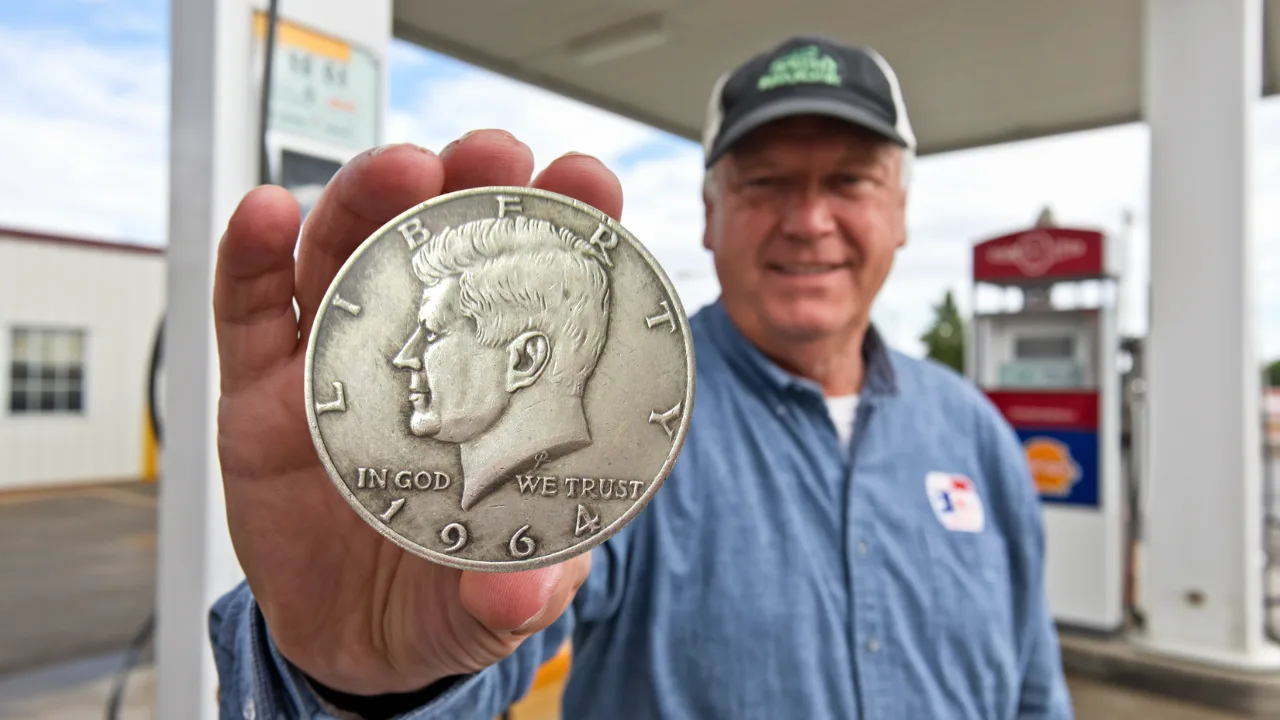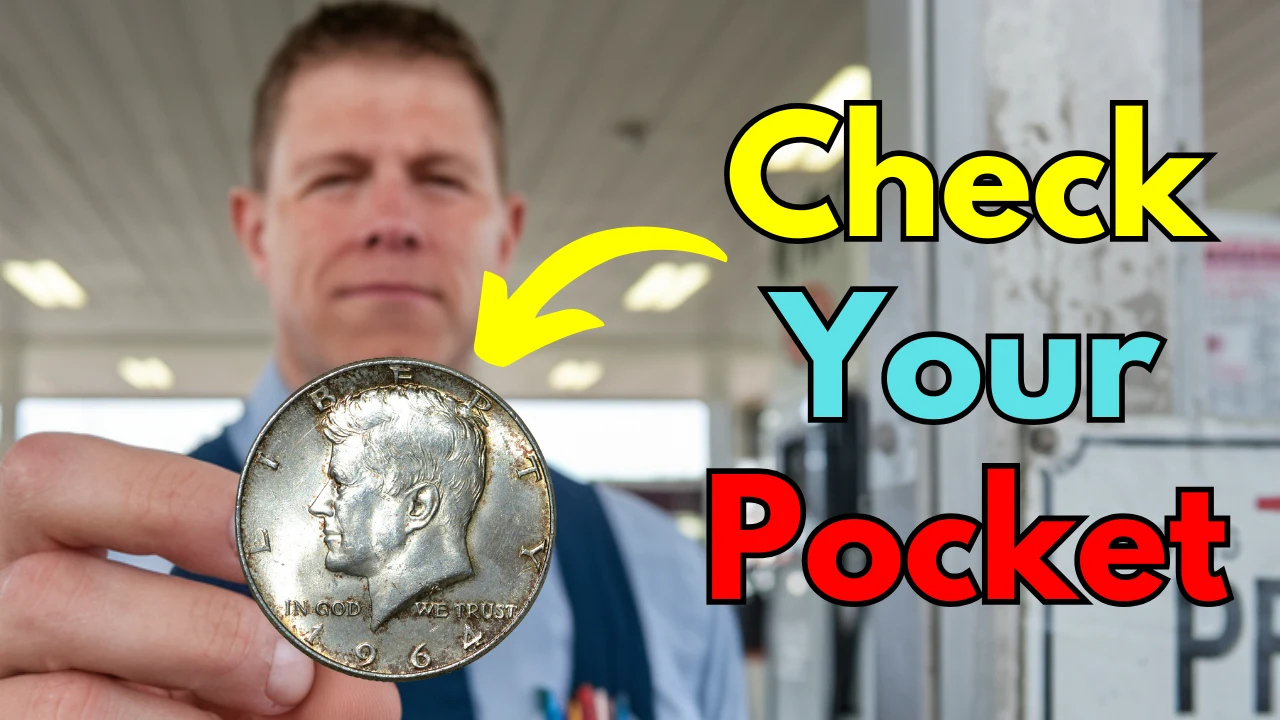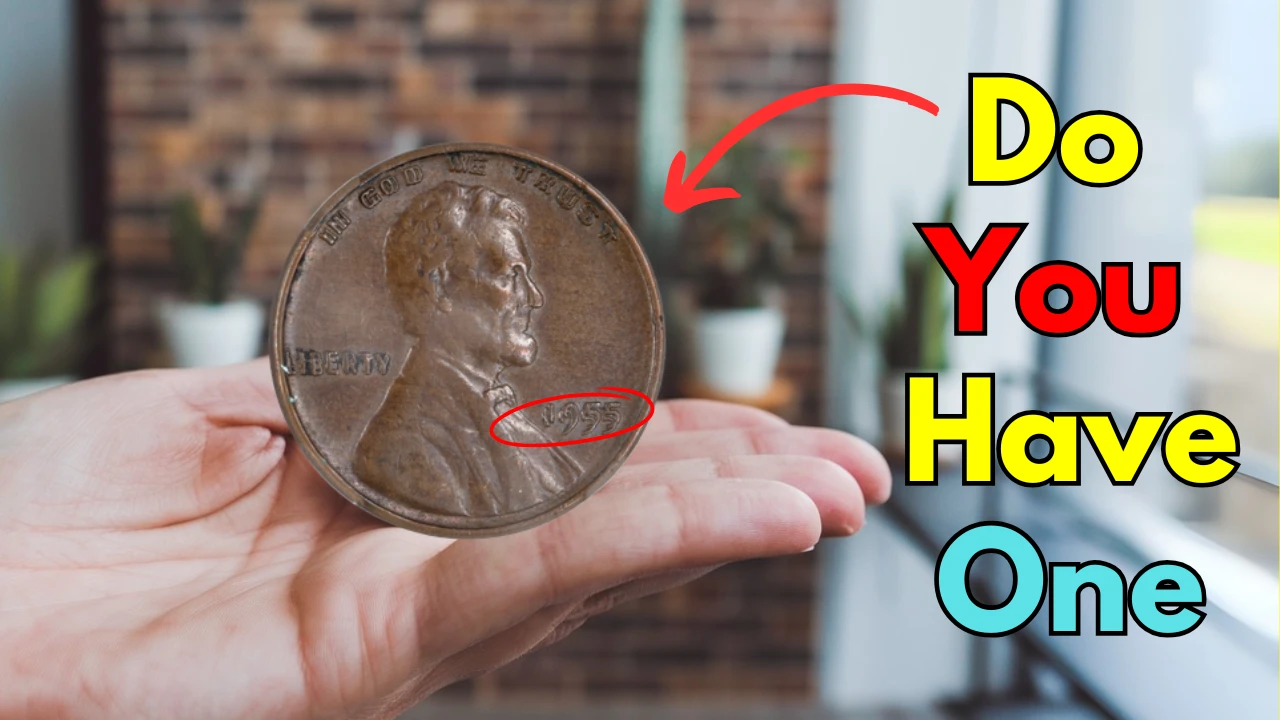As inflation continues to stretch household budgets, the possibility of a $1,600 stimulus payment in May 2025 is gaining serious attention. But what’s real and what’s rumor? While there’s no universal federal payment of $1,600 confirmed, several state-level programs and relief initiatives are scheduled to roll out this spring. If you meet the requirements, you could be looking at a significant cash boost.
This guide breaks down who qualifies, how payments will be distributed, and how to check if you’re in line for this support.
Overview
The $1,600 stimulus is not a nationwide program issued by the federal government. Instead, it’s a collection of state-specific relief efforts aimed at residents dealing with high living costs and lingering pandemic-era financial burdens. Some payments are automatic, while others require action on your part—usually through tax filing.
The goal? Provide quick, targeted help to those who need it most.
Meaning
So, what exactly is the $1,600 stimulus?
It’s a direct payment from the government—state or federal—given to individuals or households based on need, income, and tax status. It can be used for anything: rent, groceries, childcare, bills, or just catching up.
While not all states offer this, some are stepping up with serious support in 2025.
Eligibility
If you’re hoping for federal relief, your eligibility often depends on:
- U.S. citizenship or resident status
- Adjusted gross income (AGI) below set limits
- Up to $75,000 for individuals
- Up to $150,000 for couples filing jointly
- 2023 tax filing status
State-Specific Programs
Several states are offering or proposing their own $1,600 payments:
| State | Program/Details | Eligibility Highlights |
|---|---|---|
| Colorado | TABOR refund: Up to $1,600 | Must file 2023 state return |
| California | Proposed relief for low-income families | Past recipients had income caps + dependents |
| Oregon | New 2025 initiative (proposed) | Income + family size based |
Most programs are income-based and require a filed 2023 state tax return.
Check
Want to know if you’re eligible?
Step 1
Start with IRS.gov and your state tax authority. These sites post eligibility updates, required forms, and how-to guides.
Step 2
- 2023 tax return
- Photo ID
- Proof of income
- Direct deposit info (if you want fast payments)
Step 3
Many states offer online portals or notifications for relief payments. Subscribe to stay updated.
Schedule
Payments are expected to roll out starting May 2025. Here’s how most will be distributed:
| Method | Details |
|---|---|
| Direct Deposit | Fastest if bank info is on file |
| Paper Check | Sent by mail if no direct deposit is set up |
| Debit Card | Some states issue prepaid debit cards |
Timing may vary depending on when your state processes your information.
California
In the past, California issued multiple rounds of stimulus under the Golden State Stimulus program. In 2025, similar aid could return. Residents with low incomes and dependents might receive up to $1,600, especially if they’ve filed their taxes.
Colorado
Colorado’s Taxpayer’s Bill of Rights (TABOR) refunds extra tax revenue to residents. This year’s surplus could fund payments up to $1,600 per person. You just need to file your 2023 state return to qualify.
Oregon
Oregon is eyeing a new initiative to support families in need. If passed, this could mean payments up to $1,600 depending on household size and income.
Tips
Want to make sure you don’t miss out?
- File Your 2023 Tax Return
It’s the #1 requirement across nearly all programs. - Double Check Direct Deposit Info
Outdated accounts can delay your payment. - Save Your IRS and State Letters
Keep all official notices—they may be needed for corrections or future aid. - Beware of Scams
The government won’t text or call asking for your info. If it feels sketchy, it probably is.
Whether it’s through a state refund, new legislation, or economic recovery initiatives, the $1,600 stimulus in May 2025 could offer much-needed breathing room. The key is staying proactive: file your taxes, watch for updates, and check official sources regularly. Relief is coming—you just have to be ready to receive it.
FAQs
Is the $1,600 stimulus federal or state?
It’s mostly state-level, not a federal program.
Who qualifies for the $1,600 payment?
Low-income filers who submitted 2023 tax returns.
When will I get my stimulus check?
Most payments begin rolling out in May 2025.
How will I receive the payment?
Via direct deposit, paper check, or debit card.
Do I need to apply for this payment?
No application, but you must file your taxes.


